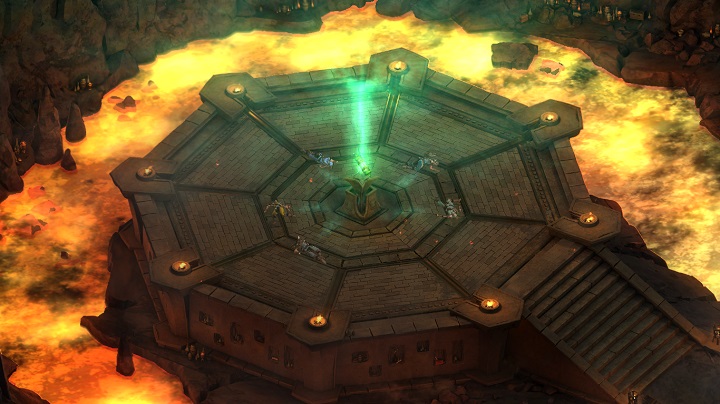

Sic.,' 2.32), the Persians employed parchment or vellum for the material of their records, not baked clay, like the Assyrians and Babylonians, or paper, like the Egyptians. Darius built himself still more magnificent residences at Susa and Persepolis but both he and the later Achaemenian monarchs continued to use the Median palace as a summer residence, and it maintained its celebrity till the close of the empire (see Arrian, 'Exp. This grannd building was the residence of the old Median monarchs, and also of Cyrus and Cambyses. Polybius states that the building covered an area 1420 yards in circumference, and consisted of a number of halls and cloistered courts, supported by wooden pillars, of cypress or of cedar, both of which were coated with a plating of gold or silver, and supported roofs sloped at an angle, consisting of silver plates instead of the customary tiling (5:27, 10). Herodotus says that it was built by Deioces, the first Median king, occupied the centre of the town, and was defended by seven circles of walls, one inside the other (1:98). In the palace that is in the province of the Medes. Compare for this omission the passage of Harran into Carrhae, and of Shu-shan into Susa.


Not "in a coffer," as our translators suggest in the margin, and as Aben Ezra and Jarchi interpret but "at Ecbatana," which is expressed letter for letter by the word used in the original, except that the final n is dropped. An underground apartment is perhaps indicated by the word translated "laid up," which means "made to descend." The same repository was, apparently, used for documents of value and for the precious metals. Literally, "in the house of the books," i.e. And search was made in the house of the rolls. Rather, "gave an order" (Vulg praecepit). We may account for the decree not being found at Babylon, or Susa, by the Pseudo-Smerdis having destroyed it when he was accomplishing his religious reforms, though accidentally he omitted to destroy the copy laid up at Ecbatana thus, as so often happens with wicked men, by a slip of memory frustrating his own intention.ĭarius the king made a decree. The decree not merely provided for the rebuilding of the temple, but gave directions for its dimensions and for the style of its construction, points on which the proclamation said nothing it also provided that the whole cost (of the materials) should be defrayed out of the royal revenue and it concluded with an express command that all the gold and silver vessels carried off by Nebuchadnezzar should be restored. A search was instituted-in the first instance, at Babylon, but afterwards at the other capitals also and in Ecbatana, the Median metropolis, where the Persian kings always resided during a portion of the year, a copy of the original decree was found, which is considerably fuller and more definite, though in some respects covering less ground, than the "proclamation'' with which Ezra opens his history. The application made by the satrap of Syria to Darius received his immediate attention. DISCOVERY OF THE DECREE OF CYRUS ON THE SUBJECT OF THE TEMPLE, AND RECITATION OF ITS EXACT TERMS ( Ezra 6:1-5).


 0 kommentar(er)
0 kommentar(er)
